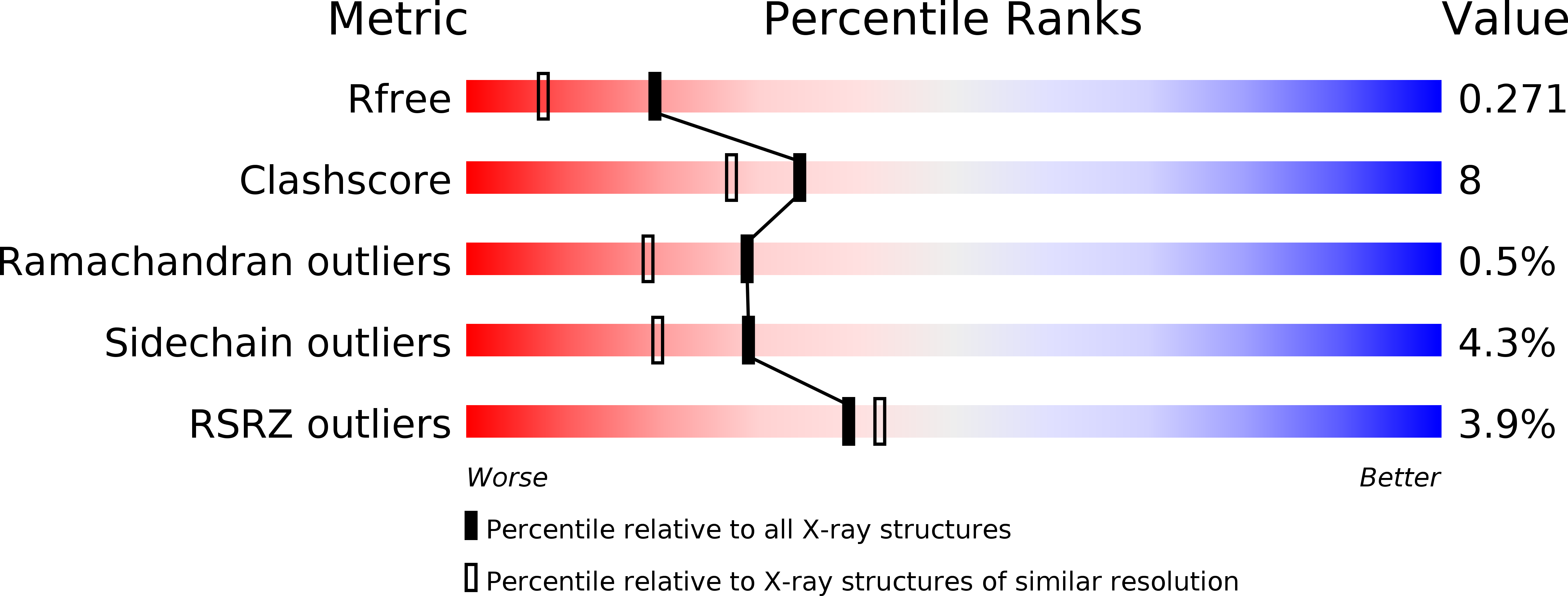
Deposition Date
2012-03-27
Release Date
2012-05-09
Last Version Date
2023-09-13
Entry Detail
PDB ID:
4EDJ
Keywords:
Title:
Crystal structure of the GRASP55 GRASP Domain with a phosphomimetic mutation (S189D)
Biological Source:
Source Organism:
Homo sapiens (Taxon ID: 9606)
Host Organism:
Method Details:
Experimental Method:
Resolution:
1.90 Å
R-Value Free:
0.27
R-Value Work:
0.20
R-Value Observed:
0.21
Space Group:
P 21 21 21


